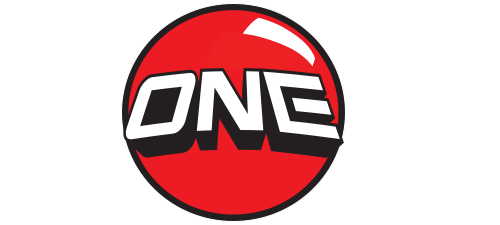
Circle of Waxing
Edgework & Deburring:
First step is checking your edges for nics and burrs. Using a deburring stone knock down the steel edge and get it back to square.
Sharpening
The next step is to sharpen your edges. You will need a metal file and tuning tool guide. The tuning edge guide tool includes a metal file and a plastic guide that holds the file at either a 90 degree or 88 degree angle. Run the guide with the file arrow pointing in the direction you are pulling the file from tip to tail. On the base edge you can take your flat metal file and keep it as flat as possible to the base and pull the file from tip to tail. I like to take a sharpie and color the steel edge. Then as you sharpen you will see how much material you are taking off. Using the backside of your fingernail, scrape it against the edge to check for sharpness.
Hot Wax
Prep base by removing all old wax. Use a base cleaner and rags or paper towel to clean and remove any wax. If you have heavy wax to remove first use a nylon brush then use base cleaner.
Let the base dry before applying new wax.
Any iron will do but if you use your household iron you don't want to use it again for clothes. So make sure its an old iron or get yourself a proper waxing iron. Heat up the heat to medium temperature. See your wax iron chart setting for the correct temp to melt different waxes. Basic rule of thumb is, don't let it smoke. While holding the iron over the board, press your bar of wax onto the metal base and drip the wax onto the base all over. Once you have dripped your wax onto the base, put the iron on the base and slowly move the iron around in circles to melt and spread out the wax. The base material is made from Ptex which is porous like swiss cheese. As you heat up the base the wax seeps into those holes in the Ptex. Continue to spread the wax around from tip to tail, never stopping so the iron doesn't overheat any one part of the base. Let the base cool for 20 to 30 mins. Remember to unplug your iron!
Scraping
Using a plastic scraper or metal scraper, start at the tip and scrape all the wax off the base of the board. Go over and over until the point where there is no resistance. This means you have removed all the surface wax. All that is left is a thin layer on top. As you remove wax it will build up on the scraper. Use another flat edge or another scraper to keep the edge clean. To sharpen your edge on the scraper run your scraper over some sandpaper.
Brushing
Using a softer brush such as a horsehair brush, you can apply structure to the base. I like to polish the base with a scotch-brite pad (those green pads you find in the grocery store aisle work or we make them in white).
Conclusion
This, of course, is a quick down and dirty explanation on how to tune and wax your board. Getting a certain edge bevel or applying wax for race situations gets much more involved. The main goal of tuning and waxing for normal use is so your board will last longer and carve better and when you hit those flat sections and pass by your buddies you can tell em, "wax for the win."

